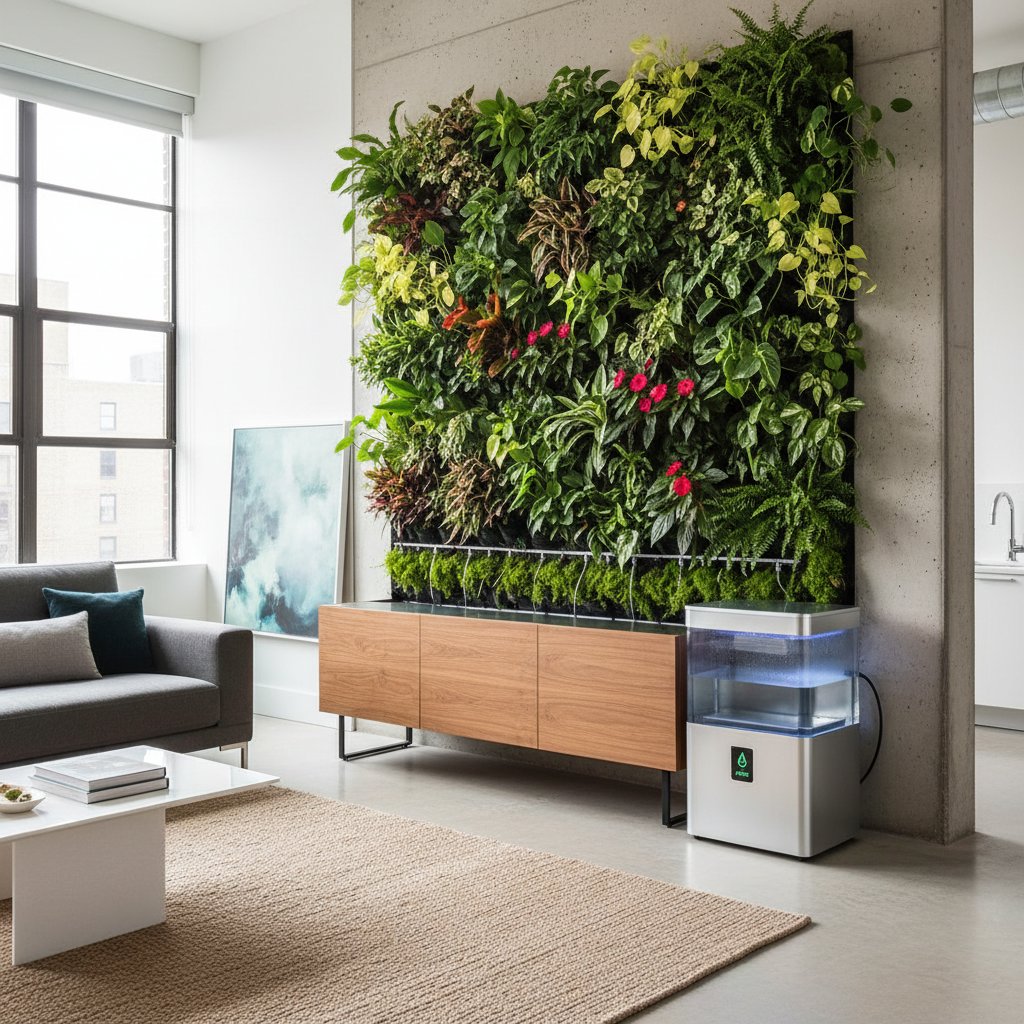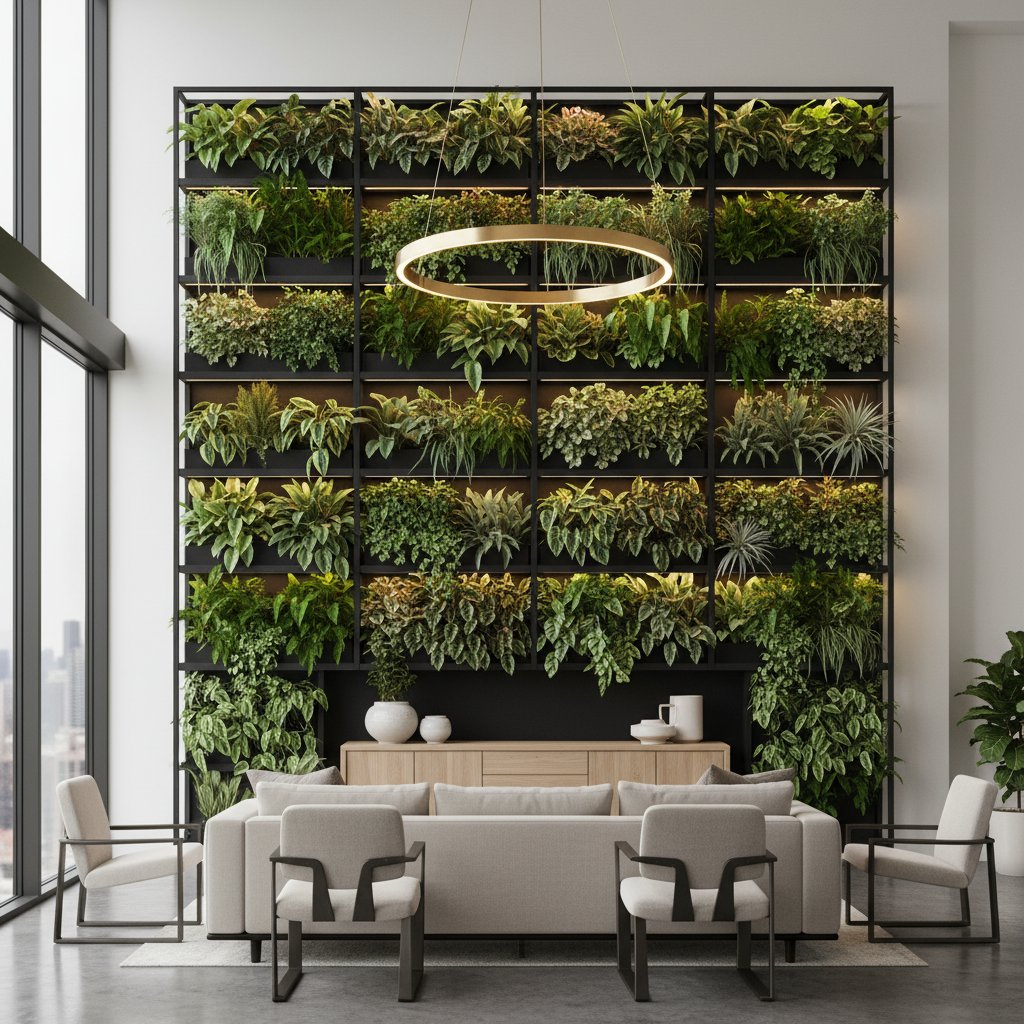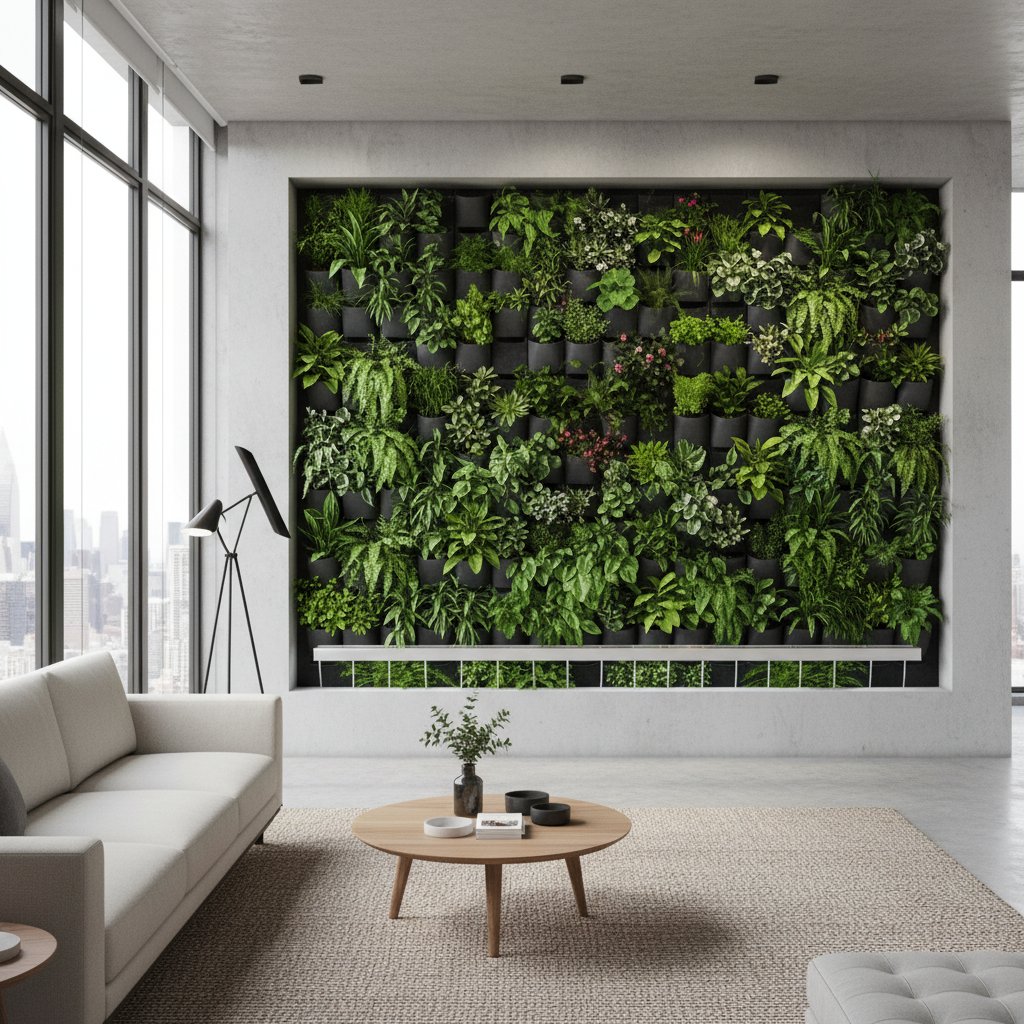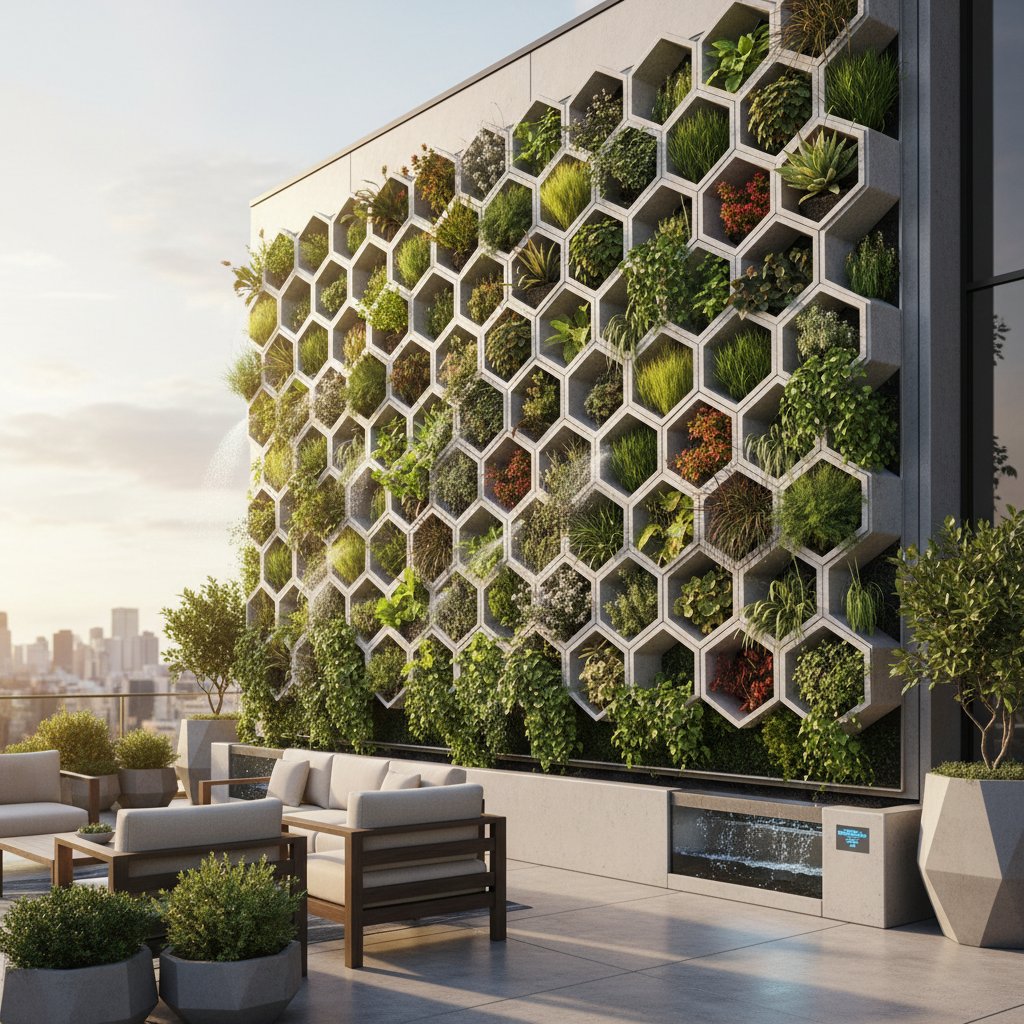Essential Self-Watering Systems for Thriving Living Walls
Living walls introduce natural elements into built environments through their layered textures and evolving hues. These vertical gardens foster tranquility and energy in equal measure. However, maintaining them requires precise water management, as irregular hydration leads to wilting foliage and structural decline.
Self-watering systems address these challenges by automating moisture delivery. Selecting the appropriate system involves evaluating plant needs, installation scale, and environmental factors. Proper implementation allows living walls to sustain themselves with reduced intervention.
The Critical Role of Consistent Watering
Living walls differ from traditional gardens due to their constrained root zones and minimal drainage paths. Excess water promotes root decay, while insufficient amounts cause rapid dehydration. Automated systems mitigate these risks by regulating moisture levels.
Such systems promote uniform root development and enhance plant resilience against environmental stresses. Balanced hydration minimizes nutrient leaching and curbs issues like pest infestations or disease outbreaks. Reliability in watering transforms living walls from fragile features into durable assets.
Mechanisms of Self-Watering Systems
Self-watering systems transport water to roots via targeted mechanisms. Understanding their operations aids in selecting suitable options for specific applications.
-
Reservoir-based systems
These incorporate a reservoir that supplies water gradually through capillary action. The growing medium absorbs moisture on demand, simulating natural uptake. Such setups suit compact, modular walls in controlled settings. -
Drip irrigation systems
Emitters along flexible tubing release water incrementally to individual planters. Timers regulate intervals, adapting to daily cycles. Versatility makes this approach ideal for diverse indoor and outdoor configurations. -
Wicking systems
Wicks made from absorbent materials link reservoirs to media, drawing water as dryness occurs. Simplicity defines this method, which excels in small-scale or hands-off installations. -
Hydroponic circulation systems
Pumps cycle oxygenated, nutrient-enriched solutions through the wall's framework. Monitoring pH and flow rates is necessary, yet results include accelerated growth without soil dependency.
System choice hinges on installation demands, plant varieties, and desired oversight levels.
Aligning Systems with Environmental Conditions
Site-specific factors influence system performance. Sun-exposed outdoor walls endure evaporation rates up to 30 percent higher than shaded interiors, necessitating robust delivery methods.
- Indoor environments require humidity-controlled options like drip or reservoir setups to prevent airborne moisture buildup.
- Outdoor settings demand weather-resistant designs, such as drip lines paired with sloped drainage to manage rain and gusts.
- Shaded or variable zones call for tunable features, including adjustable valves that adapt to seasonal light changes.
Incorporate overflow channels or slanted bases in every design. These elements prevent stagnation and support root aeration, regardless of location.
Selecting Optimal Growing Media
Effective media complement watering systems by facilitating retention and drainage. Compacted soils hinder oxygen access and impede flow, leading to uneven hydration.
Ideal media exhibit these properties:
- Retention of water without saturation.
- Stability for root support.
- Permeability for air exchange.
- Durability against decomposition.
Professionals often blend coir, perlite, and bark for balanced performance. Hydroponic alternatives like synthetic felts or inert foams enable precise nutrient distribution. Harmonizing media with irrigation ensures plants access resources efficiently.
Maintaining Hydration Equilibrium
Imbalances manifest visibly in living walls, with dehydrated areas browning and saturated zones fostering algae. Observation guides adjustments to sustain uniformity.
Monitor indicators including:
- Yellowed foliage signaling overhydration.
- Drooping leaves denoting underhydration.
- Patchy expansion revealing distribution flaws.
Automated systems facilitate corrections through minor tweaks, such as recalibrating timers. Regular assessments, conducted biweekly, preserve vitality without daily oversight.
Avoiding Frequent Setup Errors
Enthusiasm for installation can overlook essentials, resulting in operational issues. Addressing pitfalls proactively secures longevity.
-
Overlooking water composition
Minerals in untreated sources accumulate, obstructing components. Opt for rainwater or treated supplies to sustain clarity. -
Neglecting scheduling devices
Inconsistent cycles disrupt routines. Install battery-operated timers set for 10-15 minute sessions every two days. -
Excessive complexity
Elaborate networks increase failure points. Begin with basic configurations and scale based on performance. -
Inadequate upkeep
Residues clog pathways over time. Schedule quarterly inspections to clean filters and replace components.
Proactive measures convert potential problems into seamless functionality.
Pairing Plants with Watering Profiles
Plant selection aligns with system capabilities to optimize outcomes. Moisture preferences vary, influencing placement.
- Moisture-loving varieties like ferns, pothos, and philodendrons thrive in drip or hydroponic environments with constant supply.
- Drought-tolerant options such as succulents and lavender suit reservoir or wicking methods with intermittent access.
- Adaptable species including ivies and grasses tolerate moderate regimes, filling transitional sections.
Cluster compatible plants within zones to equalize needs. This strategy prevents competition and promotes cohesive development.
Incorporating Practical Design Elements
Accessibility enhances system reliability. Position reservoirs at waist height for easy refills, and use transparent tubing to monitor flow.
Incorporate user-friendly features:
- Access panels for component servicing.
- Modular connectors for swift repairs.
- Optional sensors that signal via apps when moisture falls below 40 percent.
These integrations simplify ongoing management while accommodating growth patterns.
Enduring Advantages of Automated Hydration
Self-watering setups extend beyond utility to enrich spatial experiences. They enable greenery in constrained areas, such as urban balconies or office dividers, fostering wellness.
Efficiency curbs resource use; optimized systems reduce consumption by half compared to hand-watering. Plants exhibit denser foliage and intensified pigmentation as a result.
Sustaining Long-Term Harmony
Established walls evolve into dynamic features, responsive to ambient shifts. Seasonal pruning and nutrient boosts maintain vigor.
Routine protocols include:
- Verifying source purity monthly.
- Purging lines biannually.
- Updating materials as wear appears.
- Rejuvenating media every two years.
Consistent attention yields enduring beauty and ecological harmony.
Implementing Your Living Wall
Start with a 4-by-4-foot panel equipped with a starter kit. Observe hydration responses over the first month, adjusting intervals as needed.
Scale gradually, integrating lessons from initial trials. Balanced execution yields walls that integrate seamlessly, elevating surroundings through sustained vitality.



